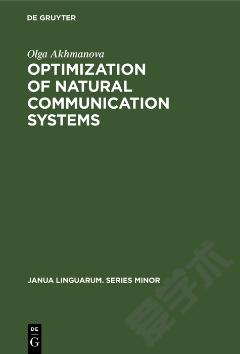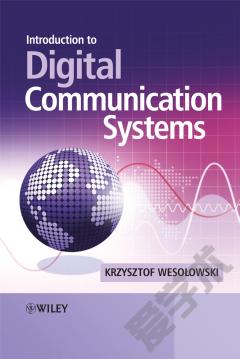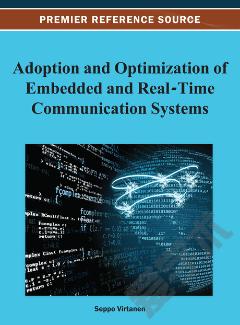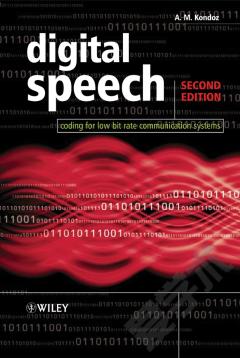Performance Optimization of Digital Communications Systems
Introduction About This Book Acknowledgments Method for Determining the Quality of a Communication Channel Background Main Idea Illustrated and a Minimization Principle Phase-Spanning Nyquist Set Test Frequency-Spanning Nyquist Set Test Determining the Noise Level in a Nonbaseband System Measuring the Level of a Useful Signal Conclusions Digital Communications in Stealth Mode Background Stealth Communications Transceiver Test on Randomness BER Performance Using a Decoy Signal Conclusions Pulse Shape Optimization Background Pulse Shape Optimization Criterion SO-Pulse and L-Pulse Phi-Pulse BER Test Approximation of Pulses by SAS Data Windows Corresponding to the Pulses Introduced Raised Pulses Conclusions Optimal Phase Shifters for Peak-to-Average Power Ratio Reduction in Multicarrier Communication Systems Background Optimal Phase Shifters and the Constant Envelope Principle Flat Spectrum Chirps Simulations of Multicarrier Transmission Possible Applications of FSC Conclusions Optimization of the Automatic Repeat Request Parameters in Quadrature Amplitude Modulation Channels Background Derivation of the BER of a QAM Channel with FEC and ARQ ARQ Performance Gain A Method of Estimating the ARQ Gain A Procedure for Determining the Optimum ARQ Parameters Extension of the Method for the Case of a Slowly Fading Channel Determining the Average Number of Transmissions and the Uncoded SER, Given the SER Past FEC/ARQ Determining an Average Fraction of Erroneous Bits in an Erroneous QAM Symbol Conclusions Optimal Selection of Error Correction and Retransmission Parameters in Multichannel Communications Systems Background Performance Gain Due to FEC/ARQ in Discrete Multitone Systems Mean-Field Approximation for Multicarrier Channel with ARQ An Approximate Solution of Equation 7.2.2 Optimization of FEC and ARQ Parameters for Current ADSL Standards Conclusions Bit Error Rate of Self-Similar Constellations in ADSL Systems Background Self-Similarity of ADSL QAM Constellations Error Probability Function of an ADSL QAM Constellation Encoder Nonsquare Constellations: An Asymptotic Analysis Comparison with Numerical Simulations Conclusions Throughput Optimization in a General Duplex Communications System with FEC and ARQ Background A System Model with FEC and ARQ Joint Optimization of FEC and ARQ Parameters in Both Directions Conclusions A Quantitative Procedure of Optimizing the MAC Packet Size in TCP/IP-Compliant Networks Background Statement of the Problem of Optimizing the MAC Packet Size in TCP/IP-Compliant Networks Derivation of Equation 10.2.6 Determining the Optimal MAC Packet Size in the Case of a Variable MAC Frame Length Solution to the Problem and Decision Diagrams Extension of the Method in the Case of a Fixed MAC Frame Length Extension of the Method to Account for Error Detection and Retransmission in the TCP/IP Protocol Application to 802.11-Compliant Networks Conclusions Appendices A Optimization Puzzles B MATLAB Scripts for the Bandwidth Optimization Problem C More about Flat Spectrum Chirps
{{comment.content}}








 京公网安备 11010802027623号
京公网安备 11010802027623号